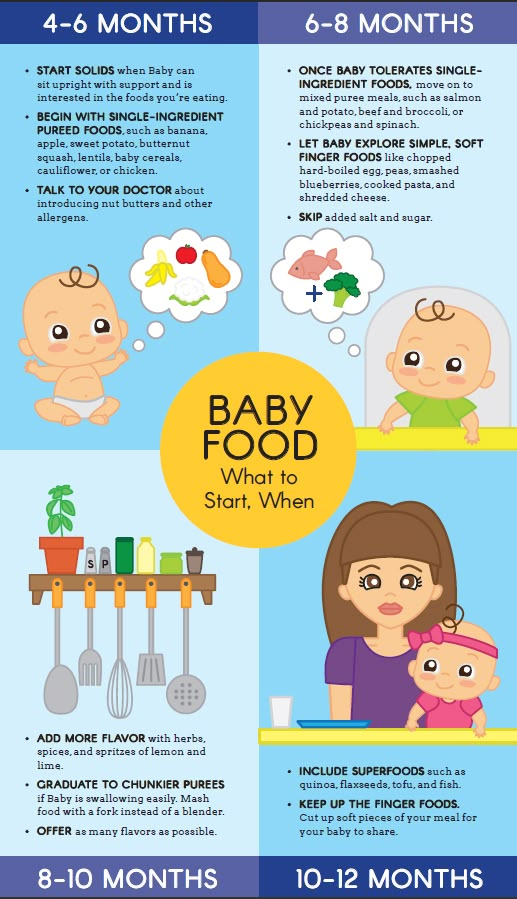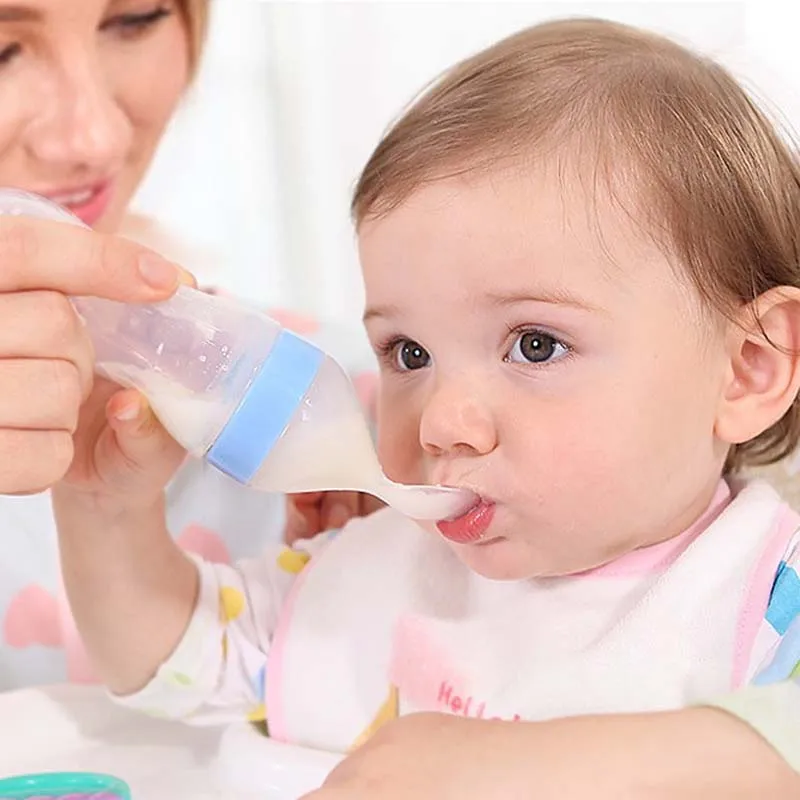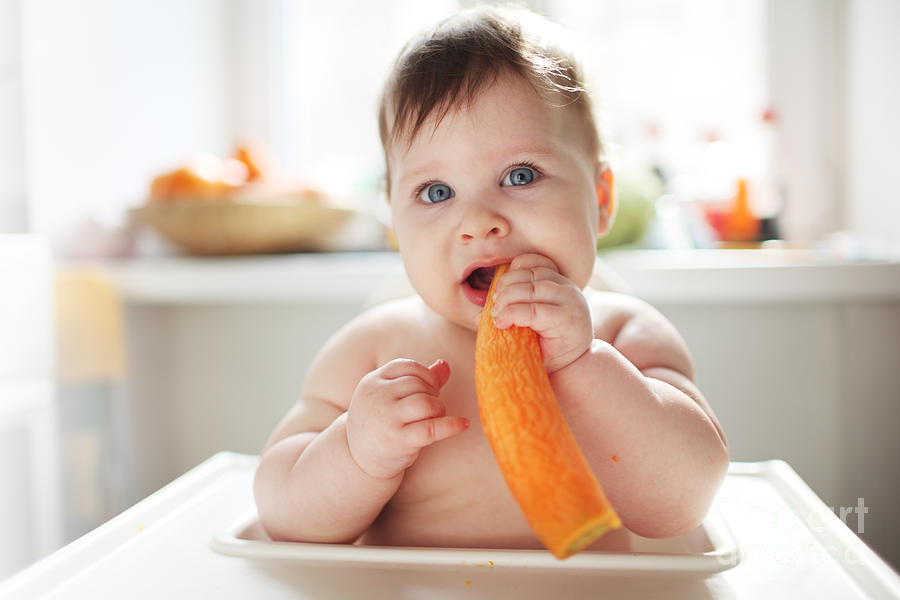Baby boy foods
Foods To Eat To Conceive A Boy
Many couples wonder whether they can determine the sex of their baby before conception. If you’re longing for a son, you might be looking for ways to improve your chances of having a baby boy.
In this article, we’ll focus on whether diet can influence the sex of your baby. There are, of course, other considerations, too, such as the timing and position of sex.
Be sure to read our in-depth article How To Conceive A Boy | 6 Expert Tips to Have A Baby Boy for more information.
What are the chances of having a boy?
People often think that because there are two possibilities – having either a boy or a girl – they have a 50% chance of having a boy. In reality, it’s more complicated than that. The sex ratio is 105 male births for every 100 female births, so statistically, 51% of babies are boys.
How to conceive a boy
Sex determination comes down to which sperm fertilizes the egg. If the sperm carries a Y chromosome, the baby will be male. If the sperm has an X chromosome, the baby will be female.
Male-producing sperm move faster but run out of energy sooner, and this is why you should have sex close to the time of ovulation if you’re hoping for a boy.
Female-producing sperm can lurk for days waiting for an egg to appear; they move more slowly but have energy for longer.
Apart from timing sex to coincide with ovulation, is there anything else you can do to increase your chances of having a boy?
Foods to eat when trying to conceive a boy
If you’re desperate for a son, you might be wondering whether you can determine your baby’s sex by changing your diet before conception.
One theory you might have heard is that an alkaline body is more likely to conceive a boy. As a result, some people change their diet to eat more alkaline foods when trying for a baby.
There are plenty of people who will say it worked for them, but there is little scientific proof to back up this theory. Keep reading to find out which foods are considered more alkaline.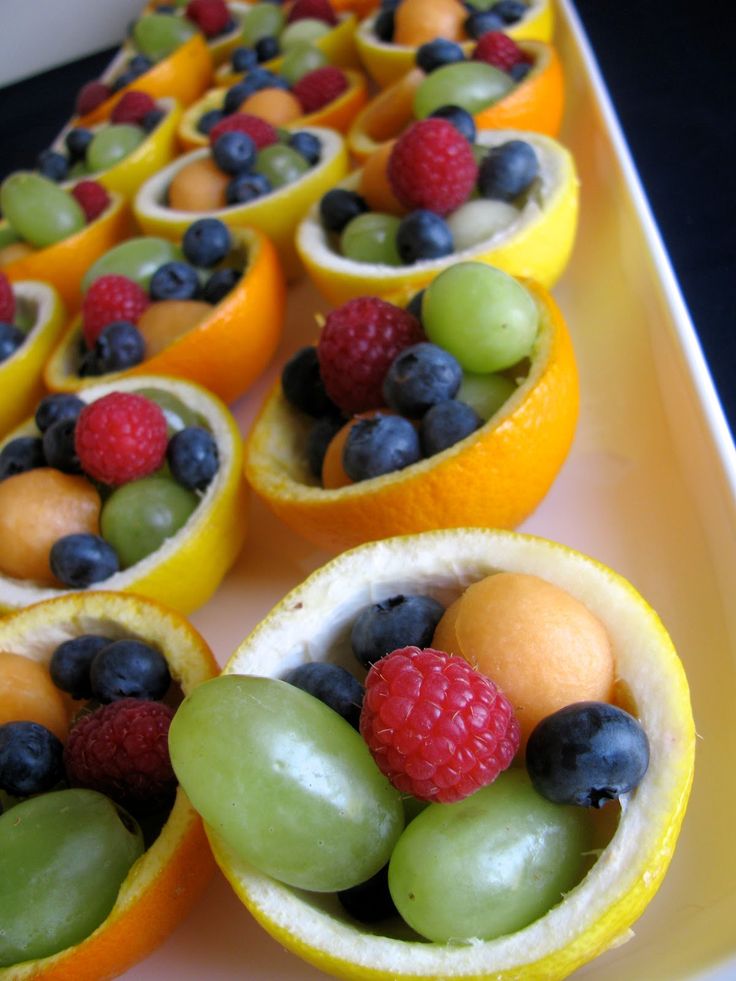 While there’s little evidence to back it up, there’s no harm in adding fresh fruits and veggies to your diet.
While there’s little evidence to back it up, there’s no harm in adding fresh fruits and veggies to your diet.
Alkaline foods for conceiving a boy
If you’re interested in increasing your intake of high alkaline foods, you should:
Increase your intake of fresh fruits
There’s no harm in trying this. Increasing your daily intake of fresh fruits and vegetables will benefit your health. Try to eat a mix of fruits and vegetables each day. A popular way to do this is to ‘eat a rainbow’ and make sure you’re eating fresh fruits and veggies in a combination of colors every day. Leafy greens are essential to health, so include a good mix of these in your weekly shop.
Increase your intake of high-potassium foods
High potassium foods might increase your chances of conceiving a boy. Potassium is an essential nutrient that plays a crucial role in your health. Bananas, salmon, and avocado are all foods that contain potassium. Other foods that contain potassium include dried fruits, legumes, potatoes, winter squash, and broccoli.
Increase your intake of high alkaline foods
High alkaline foods are good for your health; increasing the amount of these foods in your diet could improve your health. High alkaline foods include citrus fruits, root vegetables and nuts. Leafy greens, such as Swiss chard, spinach, and kale are also excellent alkaline foods. You should aim to eat a serving of leafy greens every day.
Reduce your intake of dairy products
‘Boy’ sperm are said to do better in an alkaline environment, although this is not scientifically proved. For this reason, some people choose to avoid acidic foods such as dairy products when they are trying for a boy.
The science of dietary changes to conceive a boy
It is an old wives’ tale that the food you eat before conception can determine the sex of your child. Now, at last, science is catching up. Although some claims have been disproved, others are true.
Research for the Universities of Exeter and Oxford found that a baby’s sex is connected to the mother’s diet.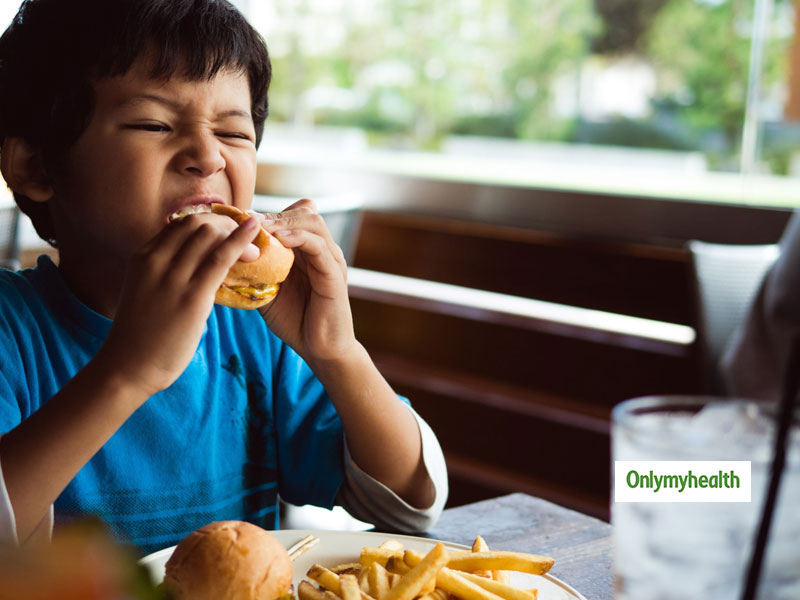 The study found a link between high-calorie intake around the time of conception and the birth of boys.
The study found a link between high-calorie intake around the time of conception and the birth of boys.
The study followed 740 first-time pregnant mothers who did not know the sex of their babies. They were asked about their eating habits before and during the early stages of pregnancy. They were then split into three groups, based on their calorie intake per day around the time of conception. Women who consumed the most calories were more likely to have sons. For example, 56% of the women in the highest calorie group had sons, compared with 45% in the lowest calorie group.
The women in the higher calorie group consumed more calories and also consumed a wider range of nutrients, including potassium, calcium, and sodium. Researchers also found a strong link between eating breakfast cereals and producing sons.
What foods should I eat to conceive a boy?
According to the scientific research mentioned above, you should eat breakfast cereals and a make sure your diet is rich in healthy nutrients, such as potassium and calcium.
Fresh fruit and vegetables
You should focus on eating a healthy, balanced diet with plenty of fresh vegetables and leafy greens if you want to conceive a boy. A diet rich in nutrients will help prepare your body for pregnancy. Try to eat a variety of vegetables and fruits throughout the week. Cooking from scratch is an easy way to include more fresh vegetables in your diet.
Leafy greens
Make a habit of including leafy greens with your evening meal. This could be in the form of wilted spinach in a curry, a side of kale alongside your mashed potatoes or some pak choi in your stir fry.
Breakfast cereals
According to research, women who regularly ate breakfast cereal had a higher chance of giving birth to baby boys. You might want to include a bowl of cereal in your daily routine if you’re keen to welcome a son.
Skipping breakfast is a bad habit shared by many young professionals. Adding breakfast into your day is an easy way to increase your calorie intake and, according to the research, improve your chances of having a bouncing baby boy.
Best foods to eat to conceive a boy
Struggling for inspiration? Take a look at this list of foods to enjoy while trying for a son. You don’t need to eat everything on the list, but including some of these options will help you have a balanced healthy diet rich in alkaline foods:
Avocado smash
Avocado is an alkaline food that tastes wonderful with breakfast. Smash up some avocado and add some salt and perhaps a squeeze of lime. You could serve it with fresh vegetable crudites for a snack or on the side of a big breakfast.
Banana
Since the science backs it up, you can’t go wrong with a banana. This is an ideal snack to keep handy when you’re hoping to conceive a baby boy. You could chop up a banana to add to a spicy curry or add slices to your morning bowl of porridge.
Winter vegetable soup
Root vegetables are alkaline foods, and a winter vegetable soup is a perfect way to enjoy a variety of them. Winter squash, potatoes, carrots, and other root vegetables will taste delicious in a steaming bowl of winter vegetable soup. Add some lentils for extra goodness and don’t forget to include some chopped cabbage or kale to boost your leafy greens intake.
Add some lentils for extra goodness and don’t forget to include some chopped cabbage or kale to boost your leafy greens intake.
Vegetable stir fry
A stir fry is another easy way to include mixed vegetables in your diet. Throw some mushrooms, peppers, mange-touts, bean sprouts, and other vegetables into a wok and heat with some oil. Add a satay sauce and some cashew nuts to give this meal a delicious flavor. Don’t forget to include leafy greens like pak choi in your stir fry. A sprinkle of sesame seeds will top it off nicely.
Supplements to conceive a baby boy
Taking daily supplements could help your body prepare to conceive a baby boy. For example, evening primrose oil improves the quality of cervical mucus, making it easier for sperm to reach the egg. Boy sperm move more quickly, so a smoother journey to the egg could help them get there faster.
When trying to conceive a baby, it is essential to take a folic acid supplement. Folic acid is vital during the early stages of pregnancy, so you should start taking it in advance to ensure you have enough of this essential vitamin.
Foods for a man to eat to conceive a boy
It’s not all about what the woman does; the male partner can influence the sex of the child, too.
Can the father’s diet around conception determine the sex of the baby? Many people swear by maternal dietary changes around conception for helping them conceive sons, but there are few stories about the impact of paternal diet. Science tells us that a healthy lifestyle improves sperm production, but can it determine the sex of your baby?
Although little is known about the impact of paternal diet on the sex of the baby, it won’t hurt to eat well when trying for a baby. Taking care of yourself and eating well can be beneficial for you and your sperm production.
Here are some foods to consider adding to your diet when trying for a baby:
Foods high in zinc
Zinc has been found to improve male fertility by increasing semen volume. Foods high in zinc include oysters, beef, dairy, nuts, and whole grains.
A variety of fresh fruit and vegetables
Eating a variety of fresh fruit and vegetables can increase sperm count and improve sperm quality.
Nuts and seeds
Nuts and seeds can improve the quality of sperm. Nuts and seeds contain Omega-3 fatty acids, which can help to improve sperm quality.
Other things men can do
It’s not all about the food you eat; there are other things men can do to conceive a boy:
Wear loose underwear
Looser underwear is said to improve your chances of conceiving a boy. This is because tight underwear increases the temperature in the scrotum and reduces the number of sperm produced.
Female sperm (X chromosome sperm) are more resilient and are said to have a better chance of surviving the higher temperatures. Opt for loose, airy boxer shorts if you’re hoping for a son.
Make sure she orgasms
If the woman orgasms, this could improve your chances of conceiving a boy. Some claim that an alkaline solution is secreted into the vagina during a female orgasm. This alkaline solution is said to improve the chances of male-producing sperm surviving. Therefore, to time it perfectly, she should orgasm before you do, so the alkaline secretion is there before the semen.
How to have a baby boy 100%
There is no way to guarantee you have a boy through diet alone. The only way to be sure you have a boy is to have scientists select an embryo for you, based on sex; this method is illegal in some countries.
Some believe you can influence the sex of your baby by paying attention to the time of ovulation. Male-producing sperm swim faster and tire sooner, so sex needs to happen around the time of ovulation for boy sperm to be successful.
It’s also said that deep penetration can help y-carrying sperm to reach their destination faster. Depositing the sperm as close to the cervix as possible can also improve the chance of a ‘male’ sperm fertilizing the egg. Positions that encourage deep penetration include doggy-style and standing. It also helps if the woman orgasms.
The most important thing to remember when trying to conceive a boy
The most important thing is to have a healthy baby. You might be desperate to welcome a baby of a particular sex, but it’s important to bear in mind that you cannot simply pick a baby’s gender.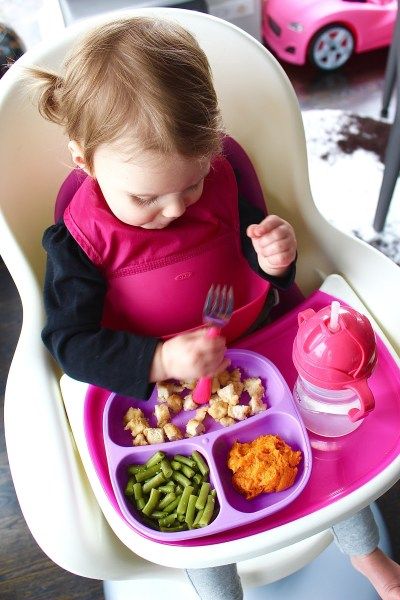
Although there is no harm in trying the above suggestions in the hope of improving your chances of welcoming a baby boy, it’s essential to realize that there are no guarantees.
Different Theories and If They're True
Diet to Conceive a Boy: Different Theories and If They're TrueMedically reviewed by Katherine Marengo LDN, R.D., Nutrition — By Scott Frothingham on September 30, 2020
Do you have your heart set on having a boy? Looking for a way to stack the odds in your favor? Heard that changing your diet may help?
There’s no proven evidence for a special diet to conceive a boy — or, for that matter, to conceive a girl. According to the Mayo Clinic, “There’s not much the average couple can do to affect a baby’s sex.”
But there are some proponents who believe otherwise. Here, we take a look at the theories and their evidence — or lack thereof.
“Sex” and “gender” are evolving terms. In this article, biological sex refers to a baby’s X and Y chromosomes, with XX determining female and XY determining male.
Although there’s no clinical proof that changing your diet can help you conceive a boy, there are many supporters of traditional and natural remedies that feel it can. One of the most popular suggestions supported by anecdotal information is to make your body more alkaline.
This unproven remedy suggests that people with a more alkaline (high pH) “environment” are more likely to conceive a boy. This method recommends:
- increasing intake of fresh fruits and vegetables
- increasing intake of foods that contain potassium, such as bananas, salmon, avocados
- increasing foods with high alkalinity, such as citrus fruits, root vegetables, nuts
- avoiding dairy products
While there’s no evidence backing this theory, there’s rarely any harm in adding fresh fruits and veggies to your diet!
If you want to conceive a girl, on the other hand, this theory suggests increasing your body’s acidity.
A 2008 study of 740 women concluded there was a higher probability of having a male baby when the mother increased her calorie intake and ate breakfast cereals. Researchers hypothesized that this may be because higher blood glucose levels favor having a boy.
Researchers hypothesized that this may be because higher blood glucose levels favor having a boy.
However, the United Kingdom’s National Health Service (NHS) suggests the conclusions of this study include inaccuracies that make it “ill advised” to suggest that increasing a woman’s caloric intake and eating breakfast cereals could increase chances of having a boy.
Different folks have different opinions about having a boy or girl. For some parents, it’s about balancing out their family with boy children and girl children. According to a 2011 Gallup poll, the most popular reasons for wanting a boy include:
- men can relate to males better and have more in common (23 percent)
- boys can carry on the family name (20 percent)
- boys are easier to raise (17 percent)
With reproductive technologies like in vitro fertilization (IVF), you might have high-tech options such as sperm sorting and preimplantation genetic screening to improve your chances of having a boy. Sex selection done this way is much more common now than it was just a few years ago, when Chrissy Teigen and John Legend did it.
Sex selection done this way is much more common now than it was just a few years ago, when Chrissy Teigen and John Legend did it.
However, this practice has a wide range of ethical, religious, legal, and social implications and is considered controversial. If you’re doing IVF and have this option, keep in mind that it’s not necessarily a purely medical decision.
Planning on getting pregnant? You might have heard that certain diets can impact fertility.
There have been studies about the relationship of diet to fertility, but they lack the details to be of real use to people trying to conceive. For example, there’s positive fertility impact of vitamins and minerals such as folic acid, omega-fatty acid, and vitamin B12, but it’s not always clear how much of these supplements to take.
It’s good for both men and women to eat a healthy diet whether they’re trying to get pregnant or not. Prenatal vitamins (with vitamin B12 and folic acid) are already routinely recommended for people trying to conceive.
This desire to have a baby of a specific sex is often met with suggestions that haven’t been clinically proven, such as changing your diet one way to increase your chance of having a girl or another way to have a boy. However, there’s no scientific evidence that this works.
If you’re focused on having a boy, talk to your doctor about your hopes. They may have a suggestion or two and, importantly, they’ll have advice and recommendations on helping you have a healthy, happy baby, whether it turns out to be a boy or a girl.
Last medically reviewed on September 30, 2020
- Parenthood
- Becoming a Parent
- Pregnancy Health
How we reviewed this article:
Healthline has strict sourcing guidelines and relies on peer-reviewed studies, academic research institutions, and medical associations. We avoid using tertiary references. You can learn more about how we ensure our content is accurate and current by reading our editorial policy.
- Eat less for a girl, more for a boy? (2008).
nhs.uk/news/pregnancy-and-child/eat-less-for-a-girl-more-for-a-boy/ - Livingston G. (2013). The odds that you will give birth to a boy or girl depend on where in the world you live.
pewresearch.org/fact-tank/2013/09/24/the-odds-that-you-will-give-birth-to-a-boy-or-girl-depend-on-where-in-the-world-you-live/ - Mathews F, et al. (2008). You are what your mother eats: Evidence for maternal preconception diet influencing foetal sex in humans.
researchgate.net/publication/5421539_You_Are_What_Your_Mother_Eats_Evidence_for_Maternal_Preconception_Diet_Influencing_Foetal_Sex_in_Humans - Newport F. (2011). Americans prefer boys to girls, just as they did in 1941.
news.gallup.com/poll/148187/americans-prefer-boys-girls-1941.aspx - Tobah YB. (2019). Can you choose your baby's sex?
mayoclinic.org/healthy-lifestyle/getting-pregnant/expert-answers/babys-sex/faq-20058219
Our experts continually monitor the health and wellness space, and we update our articles when new information becomes available.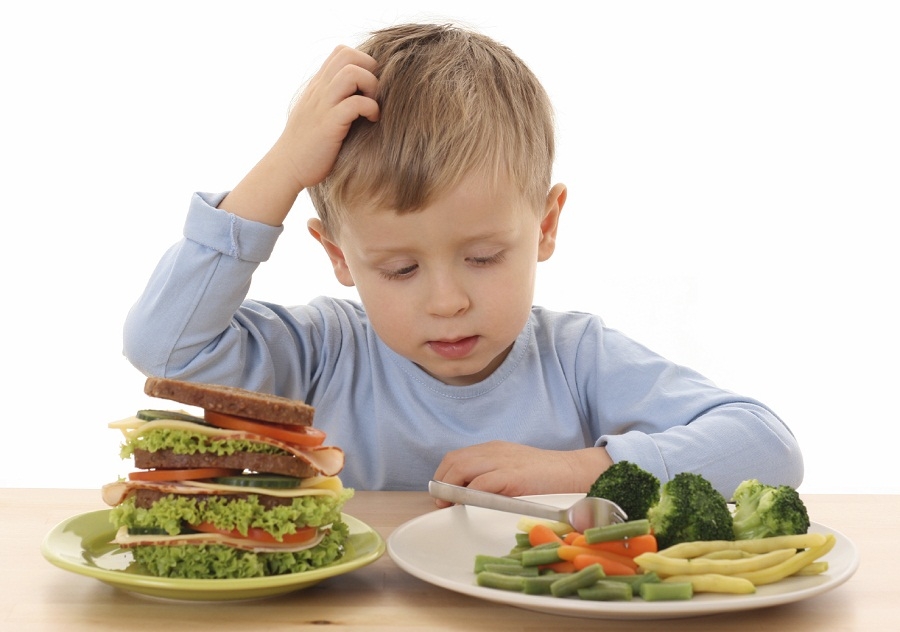
Current Version
Sep 30, 2020
Written By
Scott Frothingham
Edited By
Jessica Jondle
Medically Reviewed By
Katherine Marengo, LDN, RD
Copy Edited By
Kara Williams
Share this article
Medically reviewed by Katherine Marengo LDN, R.D., Nutrition — By Scott Frothingham on September 30, 2020
related stories
What’s the Right Diet to Conceive a Girl?
Can You Choose the Sex of Your Baby? Understanding the Shettles Method
Gender Prediction Myths: Are You Having a Boy or a Girl?
Can You Tell You’re Having a Baby Boy by the Shape or Size of Your Belly?
How to Increase Your Chances of Getting Pregnant
Read this next
What’s the Right Diet to Conceive a Girl?
Medically reviewed by Jillian Kubala, MS, RD
What foods do you need in your diet to conceive a girl? Are there foods to avoid? And what does the science say? Here's what you need to know.

READ MORE
Can You Choose the Sex of Your Baby? Understanding the Shettles Method
Medically reviewed by Debra Rose Wilson, Ph.D., MSN, R.N., IBCLC, AHN-BC, CHT
We're examining the theory and the science behind the Shettles method, which claims you can choose the sex of your future child.
READ MORE
Gender Prediction Myths: Are You Having a Boy or a Girl?
Medically reviewed by Debra Rose Wilson, Ph.D., MSN, R.N., IBCLC, AHN-BC, CHT
So-called "old wives' tales" about the gender of your baby may be fun to read about, but very few are actually reliable or based in science.
READ MORE
Can You Tell You’re Having a Baby Boy by the Shape or Size of Your Belly?
Medically reviewed by Deborah Weatherspoon, Ph.D., MSN
There are many pregnancy myths on how to determine the sex of baby.
 One myth is about the size and shape of your belly. We explore this and other…
One myth is about the size and shape of your belly. We explore this and other…READ MORE
How to Increase Your Chances of Getting Pregnant
Medically reviewed by Deborah Weatherspoon, Ph.D., MSN
Trying to get pregnant? We have some suggestions on how you can increase your chances of getting a positive result.
READ MORE
Can Ectopic Pregnancy Be Diagnosed With Ultrasound?
Medically reviewed by Valinda Riggins Nwadike, MD, MPH
Ectopic pregnancy is a serious condition that requires accurate and swift diagnosis. Ultrasound for ectopic pregnancy diagnosis is just one tool your…
READ MORE
Is It Safe to Consume Flaxseeds During Pregnancy?
Given the inconclusive and conflicting stances about eating flaxseeds during pregnancy, it might be better to err on the side of caution.
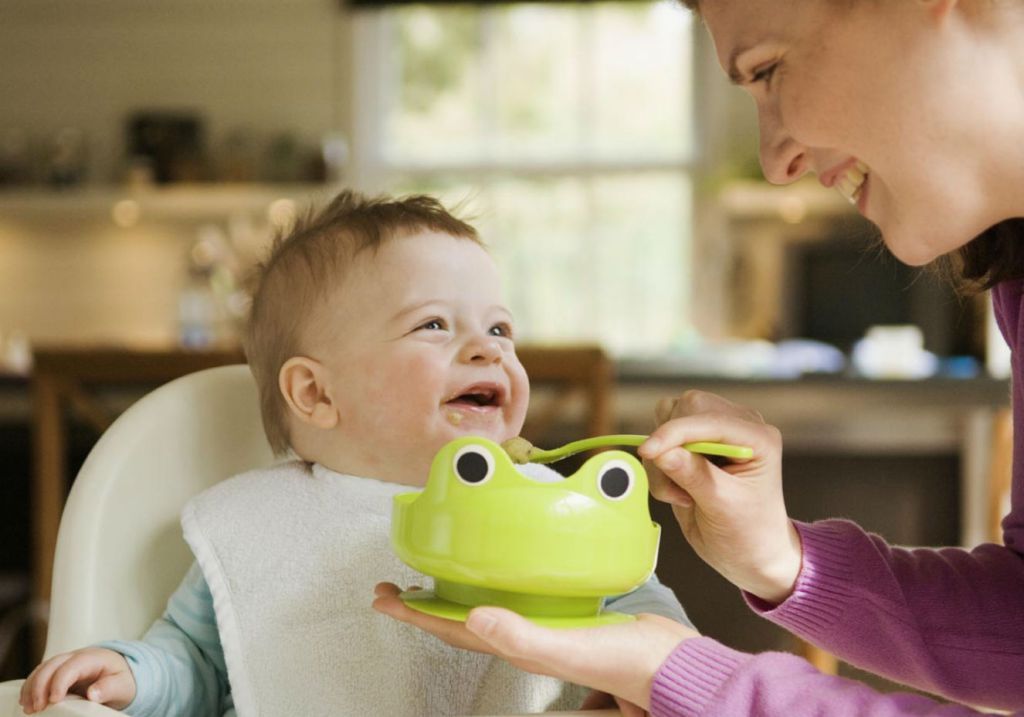
READ MORE
Pregnancy After Miscarriage: Answers to Your Questions
Medically reviewed by Amanda Kallen, MD
Getting pregnant after a miscarriage can be an emotional experience, filled with joy but also anxiety and guilt. Learn more about pregnancy after…
READ MORE
What Is a Nurse Midwife and How to Tell If They Are Right for You
Medically reviewed by Meredith Wallis, MS, APRN, CNM, IBCLC
A nurse midwife is a nurse with education, training, and certification to provide prenatal, delivery, and women's care.
READ MORE
Your 6-Week Ultrasound: What to Expect
Medically reviewed by Valinda Riggins Nwadike, MD, MPH
We'll tell you all about the 6-week ultrasound, including why your doctor may have ordered it, what the risks are, and what it means if no heartbeat…
READ MORE
Proper nutrition of a child is a guarantee of health - Children's City Polyclinic No.
 1
1 Every parent wants his child to grow up healthy, smart, happy.
From childhood, we must teach our children to choose from the variety of foods that are really good for health. The nutrition of children is somewhat different from the nutrition of adults. If the child's nutrition system is built correctly, then the child develops normally, both physically and mentally.
Make your family's way of life by introducing your child to proper nutrition every day. There is no need to arrange constant lectures from this on the topic of what is useful and what is harmful. By actively communicating with your child, setting an example, you instill good eating habits.
Only good things should be spoken at the table. The situation should help the child to relax, then the appetite will be good and the mood will be friendly. Children can help you with serving and decorating dishes. When serving vegetables and fruits, ask the children what vitamins and minerals they contain and why they are so useful. In order to organize the proper nutrition of the child, you need to follow several important rules:
In order to organize the proper nutrition of the child, you need to follow several important rules:
Rule 1
Food should be varied.
This is an important condition for the child's body to receive all the substances necessary for growth and development. Every day, the child's menu should include: fruits and vegetables; meat and fish; milk and dairy products; grain products (bread, cereals, cereals). Insufficiency or excess of food consumed by a child can adversely affect the activity of the gastrointestinal tract, contribute to metabolic disorders, increase overweight (even to various degrees of obesity) or lead to malnutrition.
If the child refuses, there is a healthy dish, offer him to experiment and make the dish unusual.
So, with the help of dried fruits and nuts, you can put a funny face on porridge, use ketchup and greens to draw a pattern on scrambled eggs, put mashed potatoes on a plate in the form of a snowman figure, etc.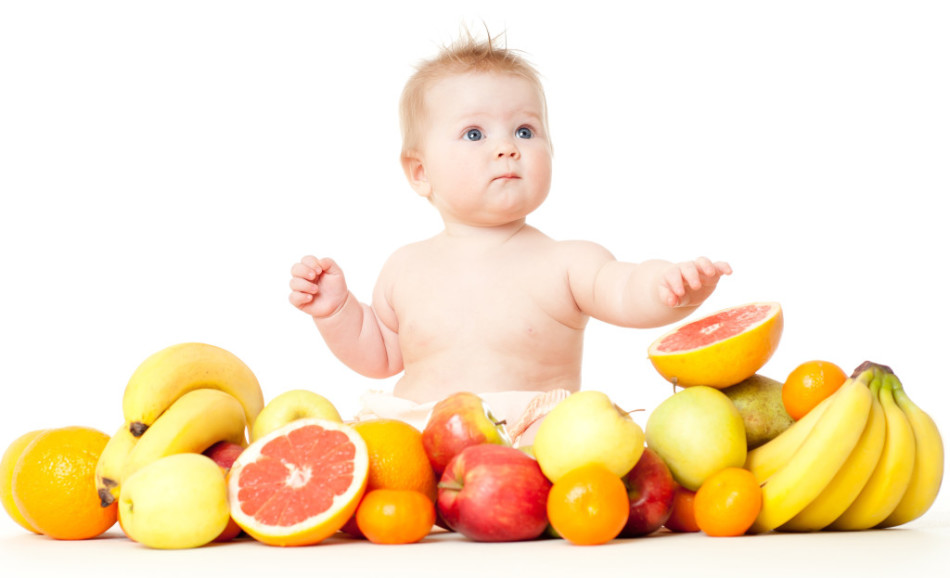
What should not be used in children's nutrition:
- Offal, except liver, tongue, heart; blood, liver, raw smoked sausages.
- Deep-fried foods and culinary products, chips.
- Curds, condensed milk with vegetable fats.
- Koumiss and fermented milk products containing ethanol (more than 0.5%).
- Cream confectionery containing vegetable protein.
- First and second courses based on fast food concentrates.
- Vinegar, mustard, horseradish, hot peppers and other hot spices and food products containing them, including hot sauces, ketchups, mayonnaises and mayonnaise sauces.
- Pickled vegetables and fruits.
- Natural coffee and carbonated drinks, apricot kernels, peanuts.
- Products, including confectionery, containing alcohol.
- Food products containing a large amount of food additives in their composition (information is indicated by the manufacturer on consumer packaging).

- Dry concentrates for cooking first and second courses (soups, Dosherak vermicelli, cereals).
Rule 2
The child should eat regularly.
Compliance with the diet of children is of great importance for the absorption of nutrients by the body. Preschool children are recommended to eat 4-5 times a day, every 3 hours, at the same time, distributing the diet as follows: breakfast - 25%, lunch - 35%, afternoon snack - 15%, dinner - 25% . At school age, it is advisable to have four meals a day, every 4 hours with an even distribution of the daily ration: breakfast - 25%, second breakfast - 20%, lunch - 35%, dinner - 20%.
Try to stop snacking and teach your child to eat only at the table. If this still doesn't work, offer fruit, biscuits, juice for a snack - food that will help drown out hunger, but will not ruin your appetite.
Proper organization of meals at school in the form of hot school breakfasts and lunches is an important health-improving measure for student children in extended day groups, whose diet should be 50-70% of the daily norm, which, unfortunately, parents do not have enough are paying attention. Eating sandwiches, pizza, chips, chocolate bars is harmful because - this food is inferior in composition and also irritates the stomach, contributing to the development of gastritis.
Eating sandwiches, pizza, chips, chocolate bars is harmful because - this food is inferior in composition and also irritates the stomach, contributing to the development of gastritis.
Rule 3
A child's diet should replenish his daily energy expenditure.
If your child is overweight, limit the amount of sweets and high-calorie desserts, empty the refrigerator. Put a bowl of fruit on the table, a plate of whole grain bread. Children can eat fruits without any restrictions, it is almost impossible to overeat them, and they are very useful. With a lack of any mineral substance or vitamin, the child himself will ask for the apple or even greens he needs.
Try to get your child involved in sports, take walks together, even if little by little, but regularly.
Thus, building proper nutrition for children requires taking into account the characteristics of the child's body, knowledge of certain rules and principles of healthy nutrition.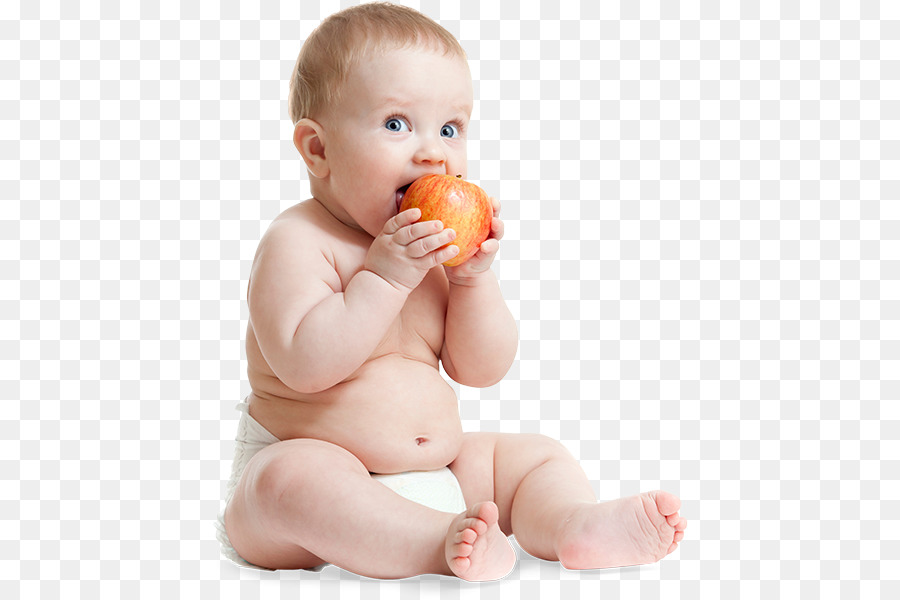
The material was prepared by the editorial and publishing department of GBUZ JSC "CMP" - 2020
diet and food products
All parents dream of their children growing up healthy, beautiful and smart. And many people know that one of the important factors contributing to the achievement of this goal is a balanced diet 1 .
It is especially important to properly make a diet for a teenager. It must necessarily contain foods rich in calcium. The sources of this element are milk, cottage cheese, kefir, curdled milk, hard cheese. These foods must be consumed daily by teenagers 2 . Offer your child different dairy products and prepare various dishes from them - then he will eat them willingly 3 .
Complete nutrition of a teenager is impossible without whole grain products - special types of bread (wheat and rye), cereals from buckwheat, rice (preferably brown), corn, oats, barley 3 .
It is extremely important that a teenager's diet includes adequate amounts of nutrients, vitamins and minerals 3 .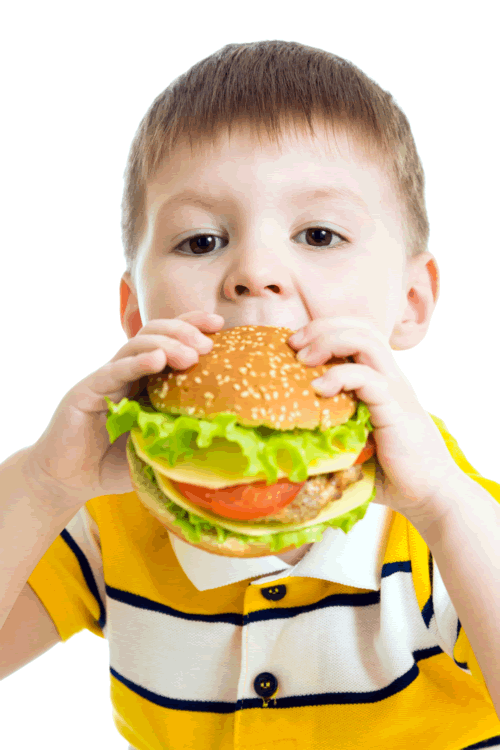
Principles of healthy eating
A teenager's meals should be regular, so it's important to have a plan that your son or daughter will follow every day. The menu should be as varied as possible so that the child receives in the right amount both the main, irreplaceable nutrients, and the secondary 2 .
At least 50-60% of the protein in the daily diet of a teenager should be animal products. He also benefits from fats that are present in vegetable oil, sour cream, nuts, cheese and other foods. It is desirable that about 70% of all fats consumed per day be vegetable. This is the basis of proper nutrition 2 .
The child needs to be given more carbohydrates than other nutrients. The optimal ratio of carbohydrates to protein is 4:1. Sources of fast carbohydrates (sweet foods) should not exceed 20% of all carbohydrates consumed by a teenager 4 . Complex carbohydrates for a child are cereals, potato dishes and bread.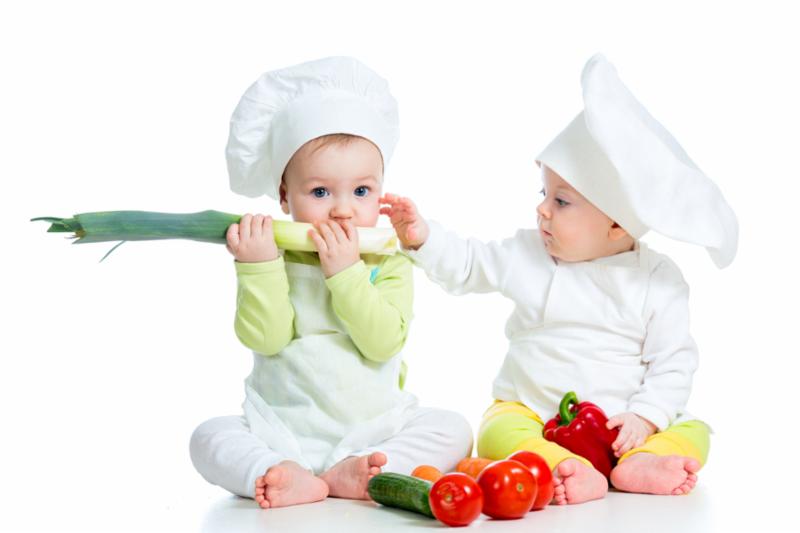 When preparing flour dishes, it is recommended to give preference to wholemeal flour 4 .
When preparing flour dishes, it is recommended to give preference to wholemeal flour 4 .
Fish should be on the teenager's menu at least 1-2 times a week. The same recommendations are given for red meat 2 .
It is important for students to eat at least 5 servings of various fruits and vegetables per day. One serving is a medium-sized fruit (such as an apple or orange), two small fruits (such as an apricot), 50 g vegetable salad, a glass of fresh juice, three tablespoons of vegetables after cooking 5 .
Dairy products must also be included in the diet of a teenager, the amount is three servings every day 5 .
The best types of heat treatment of dishes are boiling and stewing, as well as baking 5 .
Proper nutrition for teenagers involves avoiding or minimizing the use of foods with nutritional supplements, margarine, store-bought sauces, out-of-season vegetables, smoked sausages, very spicy or deep-fried foods, lollipops, fast food, chewing gum.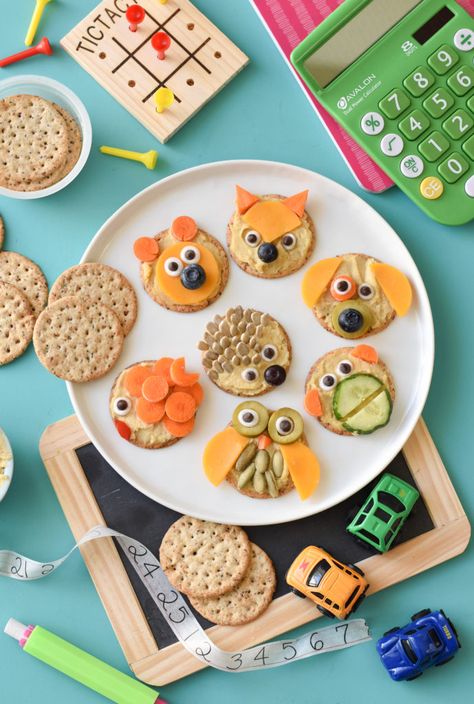 It is also worth limiting the consumption of white bread and sugar 1 . The child may eat fatty and sugary foods in small amounts, but these foods should not be used as a substitute for healthy foods as they lack the beneficial elements 4 .
It is also worth limiting the consumption of white bread and sugar 1 . The child may eat fatty and sugary foods in small amounts, but these foods should not be used as a substitute for healthy foods as they lack the beneficial elements 4 .
Instilled in childhood understanding of the rules of healthy eating will help to avoid many problems throughout life.
Teenager's nutritional needs
A balanced diet for a teenager is one in which the child receives enough calories throughout the day to meet his energy needs. On average, this is 65 kcal per kilogram of weight, that is, about 2500-3000 kcal per day. If your teenager is physically active, you should increase the number of calories per day in accordance with the energy expenditure for training.
Adolescents should consume 100-110 g of protein, 90-100 g of fat and an average of 400 g of carbohydrates per day 5 .
How to teach a child to eat healthy?
Rational, balanced, proper nutrition is important at any age, and especially in adolescence. Parents can still influence the student's menu, but in general, the child's food preferences have already been formed. Also, the desire to be independent and do things your own way affects the eating habits of a teenager. It is important to find a balance between absolute control and the complete freedom of the child in choosing food, which can turn into an unbalanced diet 5 .
Parents can still influence the student's menu, but in general, the child's food preferences have already been formed. Also, the desire to be independent and do things your own way affects the eating habits of a teenager. It is important to find a balance between absolute control and the complete freedom of the child in choosing food, which can turn into an unbalanced diet 5 .
When introducing a teenager to a healthy lifestyle, the example of parents is important - it is desirable that the principles of balanced nutrition be observed by the whole family 5 .
Talk to your teen about how certain foods in their diet affect growth and health. Tell him why breakfast is important, what can be the negative consequences of quick snacks for the body, what are the risks of skipping the main meals and diet 2 .
Be sure to pay attention to how your child eats at school. Encourage him to take healthy food from home - an alternative to hot dogs and pizza. For example, you can bring yogurt, fruit, casseroles, and homemade cakes to class 2 .
For example, you can bring yogurt, fruit, casseroles, and homemade cakes to class 2 .
Diet
Proper nutrition for adolescents should consist of at least four meals - breakfast, lunch, afternoon tea, dinner 6 :
- Breakfast. For the morning meal, your child should receive about 25% of all daily calories 6 .
- Lunch. This is the most high-calorie meal, no less important for health than breakfast, which accounts for 35-40% of all daily calories 6 .
- Afternoon snack. This is a small snack, which accounts for about 15% of all calories for the day 6 .
- Dinner. At dinner, the child is recommended to consume 20-25% of daily calories. At the same time, it is important that the teenager eat no later than 2 hours before bedtime 6 .
In case of violation of the diet, a malfunction of the gastrointestinal tract may occur, for example, constipation may appear. Unfortunately, they are quite common. Constipation is caused not only by an unbalanced diet, but also by stressful situations, which are not uncommon in adolescence 7 .
Unfortunately, they are quite common. Constipation is caused not only by an unbalanced diet, but also by stressful situations, which are not uncommon in adolescence 7 .
To eliminate the unpleasant symptoms of constipation, the use of laxatives is suitable. The drug of choice for the treatment of constipation in children of any age is Dufalac® 8 – laxative with physiological action based on lactulose. Dufalac® has a double action: it gently cleanses the intestines and normalizes the balance of its microflora 9 . It has a high safety profile 9 , is non-addictive* and can be taken for an unlimited duration 9.10 .
In addition, the advantages of Duphalac® are:
- restoration of proper bowel function 9 ;
- no auxiliary components (only lactulose and purified water) 9 ;
- single dose during the day;
- variety of forms
What liquids to give teenagers?
The total amount of liquid drunk by a teenager per day depends on the characteristics of his diet, activity level and weather. Drink more water on hot days or during physical activity. Middle-aged and older children need about 50 ml of fluid per day for every kilogram of weight 11 .
Drink more water on hot days or during physical activity. Middle-aged and older children need about 50 ml of fluid per day for every kilogram of weight 11 .
The best drink is boiled or purified water. A balanced diet of adolescents allows the inclusion in the diet of school-age children such drinks as milk, compotes, kissels, rosehip infusion, decoctions of dried fruits, tea and cocoa 11 .
Juice is considered a less preferred drink due to its high content of simple sugars and high acidity. If a child drinks freshly squeezed juice, it must be diluted with water, especially if a diet is prescribed for him by a doctor 11 .
Teenagers should avoid carbonated drinks and drinks high in caffeine. Caffeine interferes with iron absorption and can cause sleep problems. Carbonated, foamy drinks do not quench thirst well, irritate the digestive tract and - in most cases - contain various chemical additives 11 .
How to make a menu?
Proper nutrition for teenagers begins with menu planning. In this case, the child’s daily routine should be taken into account, in particular, the time of attending school, sports sections, tutors and other activities, as well as whether there is a need to adhere to a certain diet 2.3 .
It is better to make a menu for the whole week at once, so it will turn out to be more varied and satisfying.
For breakfast, the child should receive an average of 300 g of the main course, as well as a drink with a volume of about 200 ml. Milk porridge, cottage cheese dishes, scrambled eggs are considered good breakfast options. You can add vegetables, nuts, berries, fruits, meat, sauces 2.3 .
When a teenager eats at school according to the lunch regimen, they eat soup, a main course (usually a side dish with meat or fish) and drinks. The homemade lunch menu is built on the same principle. The child is given about 250 ml of the first course and about 100 g of vegetable salad.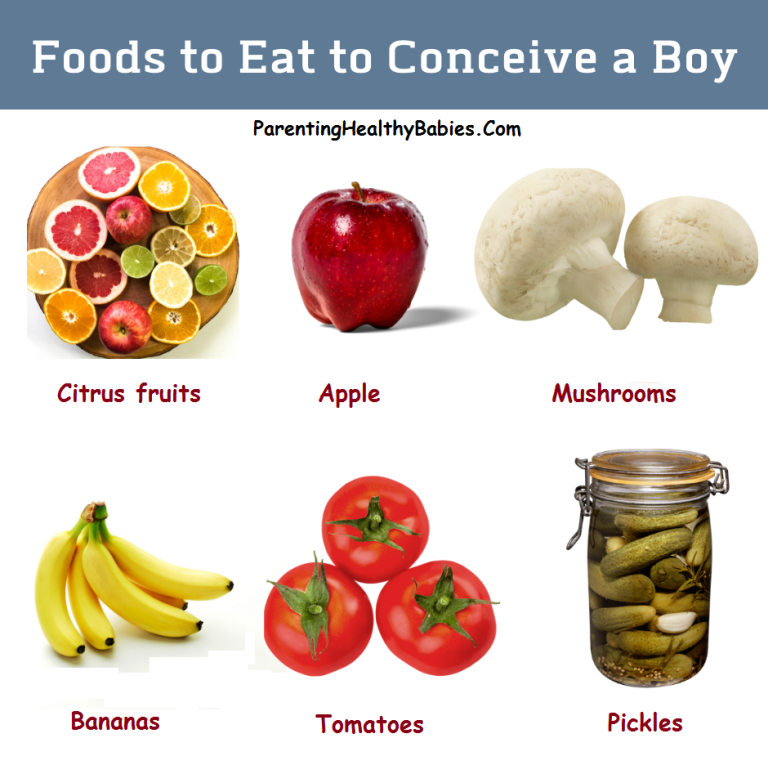 The main course is offered in a volume of up to 300 grams, and a drink in a volume of 200 ml 2.3 .
The main course is offered in a volume of up to 300 grams, and a drink in a volume of 200 ml 2.3 .
For an afternoon snack, proper nutrition for a teenager includes dairy products, fruits, cold snacks and cookies. Approximate plate sizes: 100 g for pastries, 100 g for fruits and 150-200 ml for drinks 3 .
For dinner, with proper nutrition, a teenager should receive a main course (about 300 g) and a drink (200 ml). It can be cottage cheese casserole, eggs or fish dishes. Porridge and vegetable dishes are also the best dinner option with proper nutrition for a teenager 3 .
Bread can be added to any meal, offering the child pastries from different types of flour.
Menu example
An approximate daily menu for a teenager with the right diet might look like this:
- Oat milk porridge with dried apricots, bread with cheese, cocoa.
- Egg, tomato and cucumber salad, noodle broth, stewed cabbage, meatballs, grape juice, bread.




